What Kind of Glass To Use for Chianti Wine and Why?
Serve Chianti in "standard" wine glasses or tulip glasses.
A good-quality glass makes drinking wine a pleasure. I love to see the nuances of wine color shining through thin glass walls, do an elegant swirl and enjoy aromas concentrated around the rim.
As you may have heard different wines require their type of glass. Is this a fashion, a tradition or something that really impacts the experience?

When you have poured wine into a glass, the evaporation of ethanol begins. And ethanol vapors are the ones responsible for what you smell in a glass of wine, as they carry chemical compounds with aromas.
According to the 2015 study by a group of scientists led by Takahiro Arakawa, different types of wine exhibited very different evaporation profiles and they performed differently depending on the type of glassware.
Look how amazing the vapors looked under the scientists’ “sniffer-camera”!
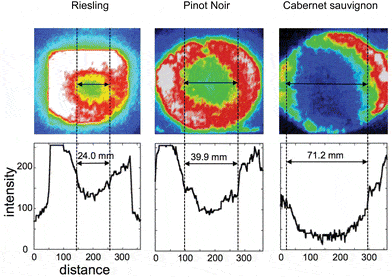
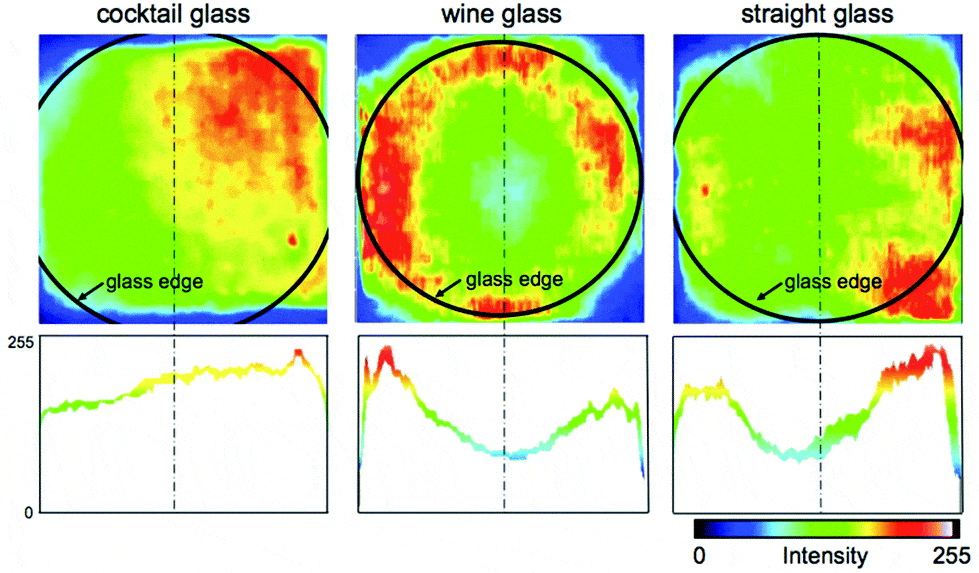
Source: Arakawa, et al. A sniffer-camera for imaging of ethanol vaporization from wine: the effect of wine glass shape, 1995
What is Special About Chianti Wine?
Sangiovese is a typical red variety in Tuscany and it is the grape variety dominant in any Chianti wine.
The rules for the production of Chianti and Chianti Classico provide for a minimum of 70% and 80% for Sangiovese in the blend, respectively. The rest of the blend can be made of other grape varieties: natives like Canaiolo and Colorino, or “international” like Cabernet Sauvignon, Merlot or Syrah.
Sangiovese brings aromas of cherry, prunes, spice, tobacco, sometimes leather, and chestnuts. Sangiovese-based wines tend to be savory and spicy rather than sweet.
Chianti often has a bright ruby or garnet color, lighter than Brunello or Super Tuscans. Chianti wines are usually light to medium-bodied.
Chianti wines are characterized with high acidity and mouth gripping tannins.
What does this all mean in terms of selecting glassware for Chianti?
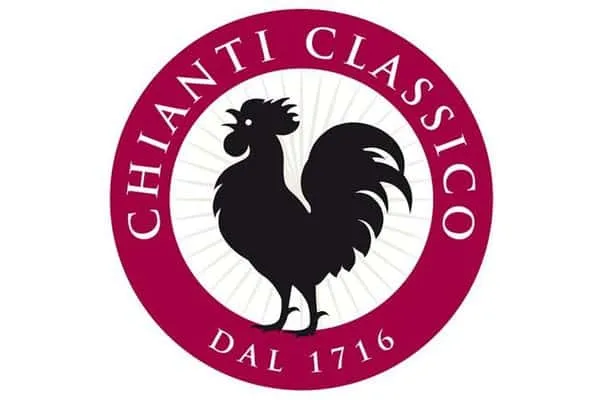
Best Glass for Serving Chianti?
It is not difficult to get the right glass for Chianti. Sommeliers suggest choosing a “standard” red wine glass or a tulip-shaped glass to enjoy Chianti wines.
A standard red wine glass is one with a capacity of approximately 13-14 oz capacity and 8-9 inches tall. A glass suitable for Chianti wine is smaller than a Bordeaux or a Burgundy glass, which give the wine more contact with air necessary for bolder reds.
So-called “standard” glasses are still large enough to swirl and aerate the wine. The tapered shape and the small opening help to retain and concentrate the aromas of the wine around the rim.
A narrower glass better keeps the wine temperature cool. I personally think that tapered glasses also showcase the beautiful shiny ruby color of Chianti and make your experience complete.
The smaller opening also provides for a continuous flow of wine to the tongue which softens the spice and the acidity in Chianti.
You can use your Chianti glasses for other wines like Zinfandel, Shiraz, Carignan, Merlot, and Malbec, and whites such as Riesling.
If you do not have own this special type of glass for reds, you can use white wine glasses to serve Chianti.

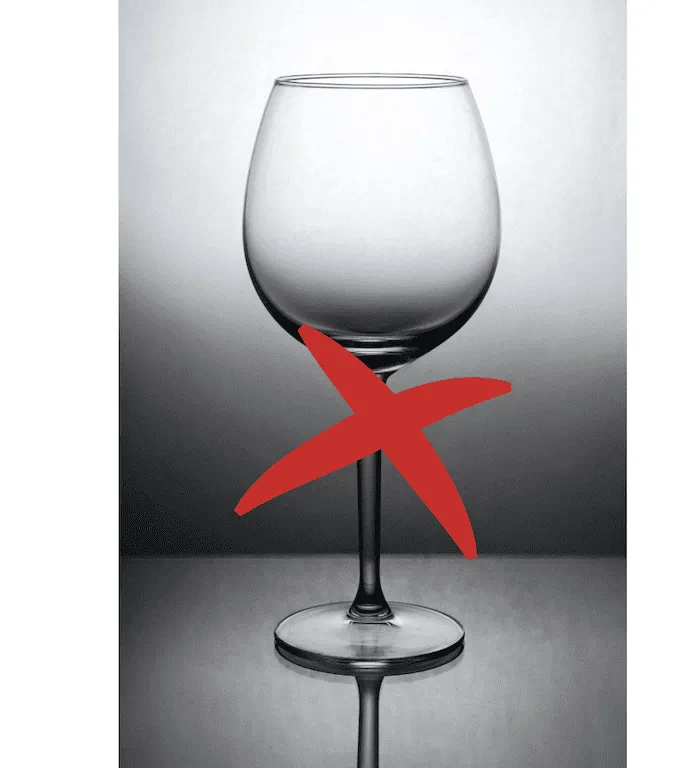

These Riedel and Luigi Bormioli glasses have the right shape for Chianti and they feel quite nice in hand. I haven’t yet tried the Paksh glasses, but they seem to have perfect shape and provide good value for money.
Should I Decant Chianti?
Yes, a good bottle of Chianti can benefit from aeration. Straight from a bottle, Chianti may seem way too acidic.
Open a bottle a few hours before drinking or pour into a decanter an hour or two before dinner.
Remember to keep wine at the right temperature during decanting.
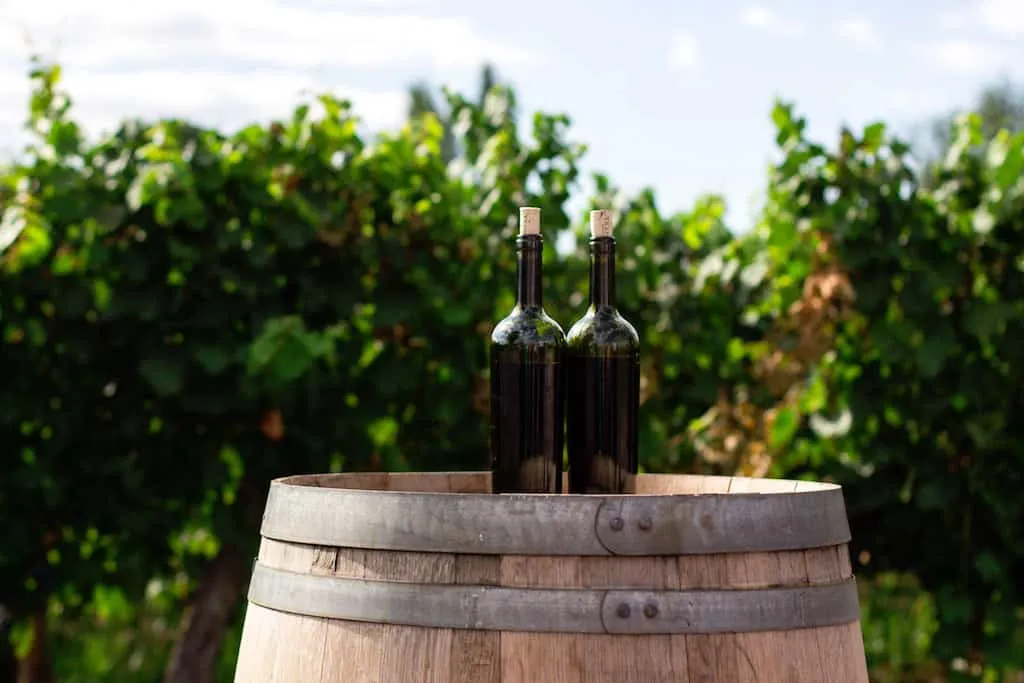
- Fattoria di Sammontana : Chianti 2019

- Price: $20.99
- Castello di Volpaia : Chianti Classico 2019

- Price: $24.99
- Castello di Volpaia : Chianti Classico Riserva 2017

- Price: $39.99
- Cecchi : Chianti Classico 2019

- Price: $17.99



